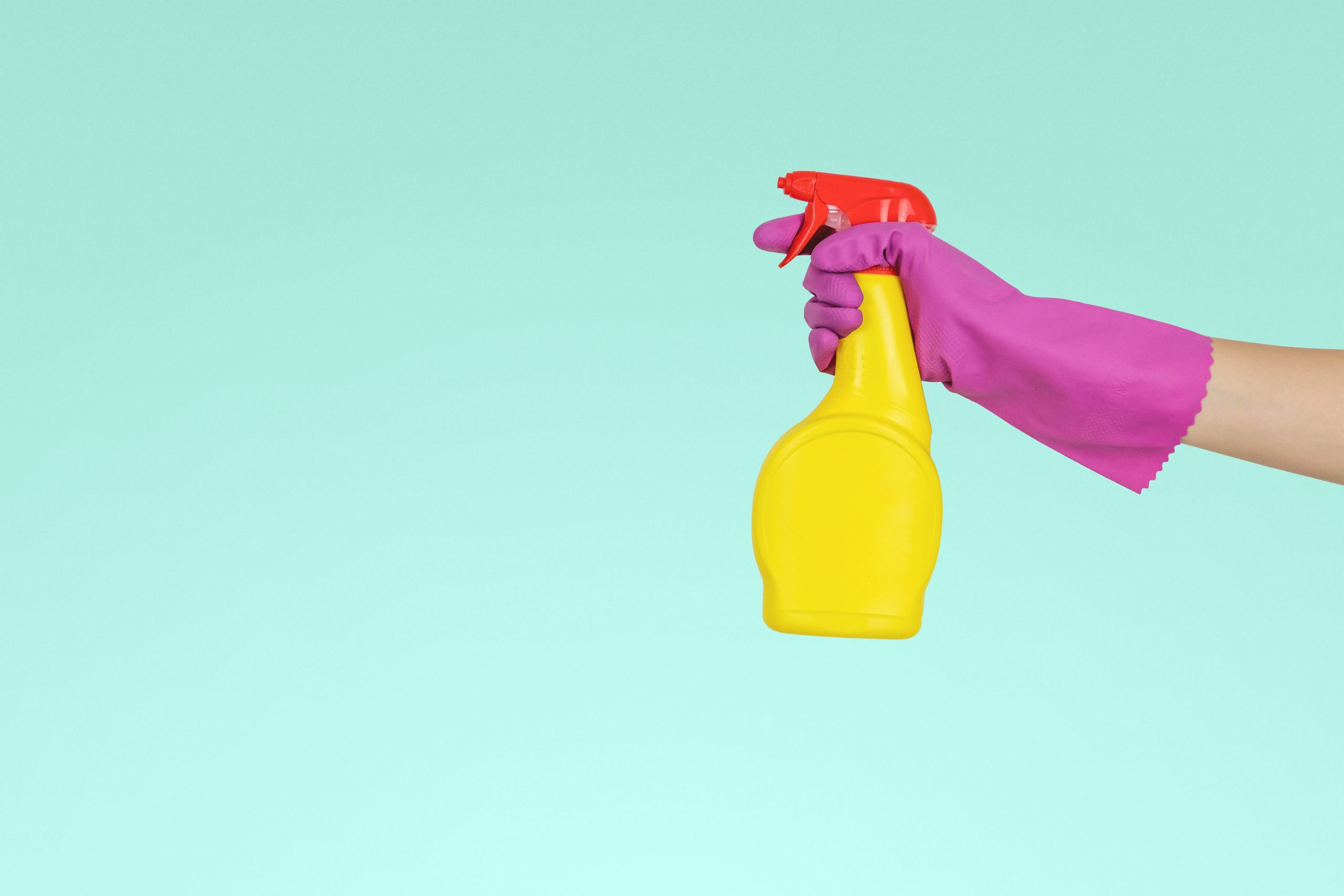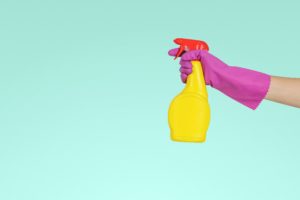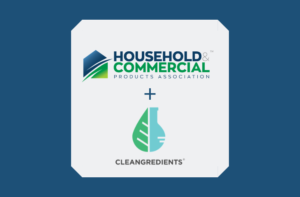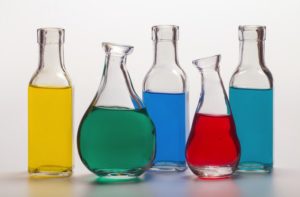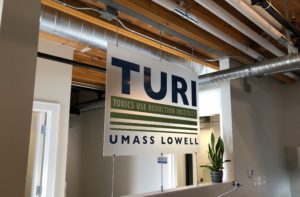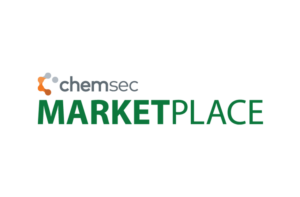In the era of COVID-19, we’re all taking additional precautions to protect our health — from staying home when possible, to wearing face masks when out in public. The CDC recommends cleaning and disinfecting frequently touched surfaces to help prevent the spread of COVID. Cleaning products, and especially antimicrobial cleaners and disinfectants, have been flying off of store shelves since the start of the pandemic. Which products will actually eliminate the coronavirus? Are there safer alternatives for both routine cleaning and disinfecting?
All products that make antimicrobial claims are regulated by EPA under the pesticide program. Since March, the EPA has published List N, which identifies disinfectants that are approved for use against SARS-CoV-2, the virus that causes COVID-19. This list is being updated weekly as additional products are added following expedited review processes for new Emerging Viral Pathogens Claim submissions and new products.
While List N is helpful for finding products specifically approved for use against SARS-CoV-2, antimicrobial products have been in short supply since the start of the pandemic. The EPA advises that if you can’t find a product on List N, check a product’s label to confirm that it has an EPA registration number and lists human coronavirus as a target pathogen.
Antimicrobials are typically intended to kill bacteria and viruses, but many can be hazardous to human health as well, especially if misused or overused. For example, chlorine bleach (sodium hypochlorite) is commonly used as a disinfectant, but it is an asthmagen, which means it can trigger the onset of asthma, or worsen pre-existing asthma. Quaternary ammonium compounds, or quats, are also commonly used as disinfectants. Some studies have linked these compounds to reproductive and developmental problems in animals, although no studies have shown systemic toxicity in humans to date. CDC recommends that especially vulnerable individuals, such as those with asthma, not be present during cleaning or disinfecting.
For those looking for safer alternatives, the EPA’s Safer Choice program offers a Design for the Environment logo for qualified antimicrobial products. Products that qualify for this label are among the least hazardous from an acute toxicity standpoint, and are also unlikely to have carcinogenic or endocrine disruptor properties or cause developmental, reproductive, mutagenic, or neurotoxicity issues. All ingredients, including inert ingredients, must be reviewed and meet the Safer Choice standard. Active ingredients currently considered for the Design for the Environment logo include citric acid, hydrogen peroxide, l-lactic acid, ethanol, isopropanol, peroxyacetic acid, and sodium bisulfate. A number of products made with one or more of these active ingredients can be found on List N.
Whichever antimicrobial product you use, be sure to follow the instructions on the label to ensure that it is both safe and effective. In particular, pay attention to the contact time, which is the amount of time the surface should remain visibly wet for the product to be effective. It should go without saying: antimicrobial cleaning products should be used to kill viruses on surfaces, not humans or pets. Do not ingest them, inject them, or use them on your skin.
Finally, it’s good to keep in mind that sometimes, simple and regular cleaning is all you need. If no one in your household is sick and you are isolated at home, it may not be necessary to use antimicrobial products. In this case, you can look for the Safer Choice label to find products with ingredients that have been evaluated and are known to be safer for your family’s health and the environment.

